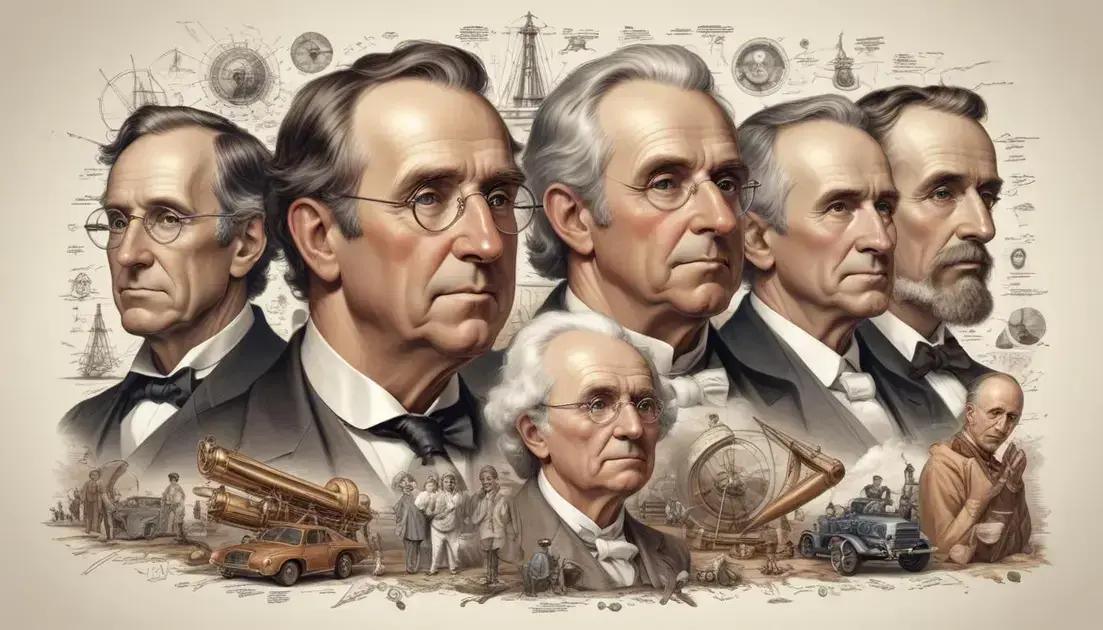
The Execution of Mary the Elephant: Hanged for a Crime?
The execution of Mary the Elephant in 1916 serves as a pivotal moment in the history of animal rights, drawing significant public and media attention. This tragic incident highlighted the need for compassion in how animals are treated, leading to a growing awareness of animal welfare issues. As a result, many activists emerged to advocate for better treatment of animals, marking the beginning of a fundamental shift in societal attitudes toward animal rights. Mary’s legacy continues to inspire change and drive conversations about ethical practices in entertainment and beyond.
Mary the Elephant was a remarkable creature whose tragic execution raises important questions about justice and compassion towards animals. What can we learn from her story?
The incident in detail
On September 11, 1916, a tragedy unfolded in Erwin, Tennessee. Mary the Elephant, a circus star, faced a grim fate. She became a focal point of national attention after a shocking incident. During a performance, a handler mistreated her using a sharp hook. In response, Mary reacted violently, resulting in the death of her handler, who was crushed beneath her weight.
The incident shocked the public. How could such a beloved animal become involved in such violence? Many people were torn. Some called for understanding of Mary’s situation. Others demanded justice for the human life lost.
In a sensational turn, the authorities decided to execute Mary. This decision sparked outrage among animal rights activists. Most saw it as a cruel judgment for a tragic mistake. The media caught wind of the story, branding it as a “murderous elephant,” which only added to the drama.
On the day of the execution, a crowd gathered, eager to witness the spectacle. A crane was brought in for the task, an image that still haunts history today. As she was led to her end, many in the audience expressed deep sadness. This event marked a dark chapter in the history of animal treatment.
What Happened to Mary?
The execution took place, with spectators watching in disbelief. Many people left the scene affected by what they had seen. Mary’s death raised questions about how society treats animals. This incident remains a poignant reminder of the need for compassion and understanding in the treatment of animals.
Public Reaction and Media Coverage
The story of Mary the Elephant captured the hearts of many across the nation. When news broke about her tragic execution, public reaction was intense. People felt a mix of shock, anger, and sadness. How could such a loyal animal be treated so harshly?
The media played a huge role in spreading the story. Newspapers ran headlines, calling it a scandal. Articles featured readers’ letters expressing outrage and calling for justice. This sparked a national conversation about animal rights.
Activists quickly voiced their concerns. They argued that Mary’s killing was not a solution. Instead, it showed a lack of empathy. Many believed the real crime was how her handler treated her. They pointed out that animals also feel pain and fear.
As the incident gained traction, public protests emerged. Crowds gathered to mourn Mary and demand change. Demonstrators held signs calling for better treatment of performing animals. This tragic event turned into a rallying point for animal rights advocates.
Media coverage also highlighted the cruel practices often found in circuses. Many began to question their attendance and support. The outrage from this incident opened eyes to the struggles faced by circus animals. It led more people to advocate for compassionate treatment and better laws.
The Evolution of Animal Rights
The story of Mary the Elephant played a big part in pushing animal rights forward. In the early 20th century, many people didn’t think much about how animals were treated. But Mary’s tragic execution sparked new interest in protecting animals.
After Mary’s death, activists started to speak up more. They raised awareness about the challenges facing circus animals. This was a time when the public began to understand that animals have feelings too.
Animal rights organizations began forming and grew stronger. They used Mary’s story as an example of what needed to change. They pushed for laws to improve the welfare of animals in entertainment.
People started questioning the ethics of circuses and zoos. They wanted to know if it was right to keep animals in captivity for entertainment. Public opinion began to shift. Many began advocating for a kinder treatment of all living beings.
As time passed, animal rights became a larger movement. The focus moved from just circus animals to all animals in various situations. New laws and regulations helped protect animals from abuse and neglect.
Today, we see these changes reflected in laws that promote animal welfare. Groups continue to fight for animals, asking for better treatment everywhere. Mary’s story was a key moment that helped kickstart this evolution.
Contemporary Reflections
Mary the Elephant’s story continues to resonate with many people today. It serves as a reminder of how far we’ve come in animal rights. Yet, it also shows us there’s still a long way to go.
In today’s world, more people are aware of how animals are treated. They question practices in entertainment, like circuses and zoos. Many are choosing to support ethical alternatives that focus on animal welfare.
Activists and organizations work hard to spread awareness. They remind us that animals deserve compassion and protection. Documentaries, social media, and campaigns keep these issues in the public eye.
Mary’s tale also sparks discussions about laws and regulations. Many countries have strengthened animal protection laws. These changes reflect growing public demand for ethical treatment. Still, some argue that the laws aren’t enough.
People are now more concerned about factory farms and testing labs. The spotlight on these issues shows how societal views on animals have evolved. Mary the Elephant represents not just a past tragedy, but a movement towards better treatment.
As we reflect on her story, it encourages us to advocate for change. We can all play a part in improving animal welfare. Everyone can make choices that positively impact the lives of animals today.
Conclusion
The story of Mary the Elephant is more than just a sad tale. It highlights serious issues about how animals are treated. Mary’s execution raised awareness and sparked a movement for animal rights. This story encourages us to think about the choices we make for animals today.
We now live in a world where animal welfare is increasingly important. Many people support ethical practices and advocate for change. We can now choose to support businesses that prioritize animal rights.
Mary’s legacy serves as a reminder for kindness towards all living beings. It urges us to consider how our actions affect animals everywhere. By sharing stories like hers, we keep the conversation alive.
As we reflect on these events, it’s clear we have a long way to go. However, each step taken leads us closer to a future of compassion and respect for animals.
Let’s keep awareness growing, celebrate victories, and support each other in making a difference for animals.
Conclusion
In conclusion, the story of Mary the Elephant serves as a powerful reminder of the importance of kindness and respect for animals. Her tragic fate opened many eyes to the issues surrounding animal welfare. It reminds us that every living being deserves compassion and protection.
Today, we can see changes happening, thanks to the ongoing efforts of animal rights advocates. The conversation around animal treatment is more important than ever. By staying informed and supporting ethical practices, we can all contribute to a better future for animals.
Let’s carry Mary’s legacy forward. Each of us has the power to make choices that support animal welfare. Together, we can work towards a world where all animals are treated with dignity and love.


